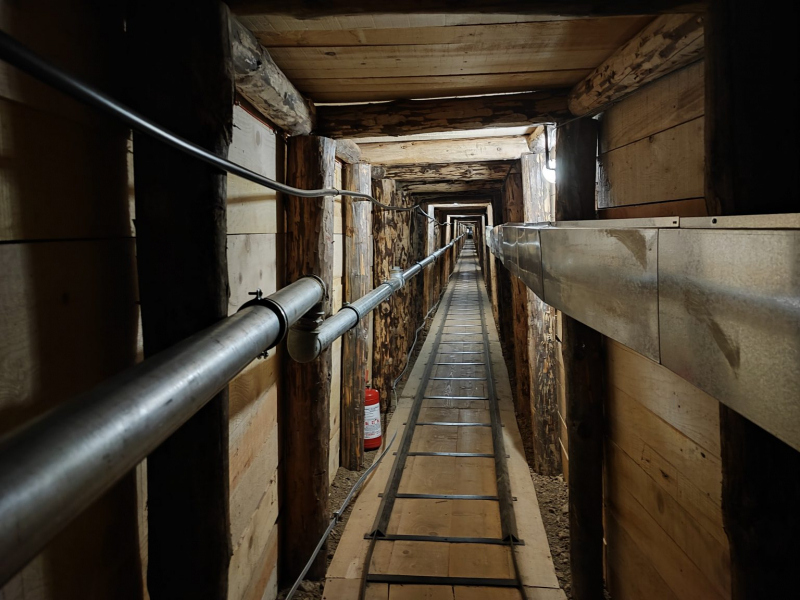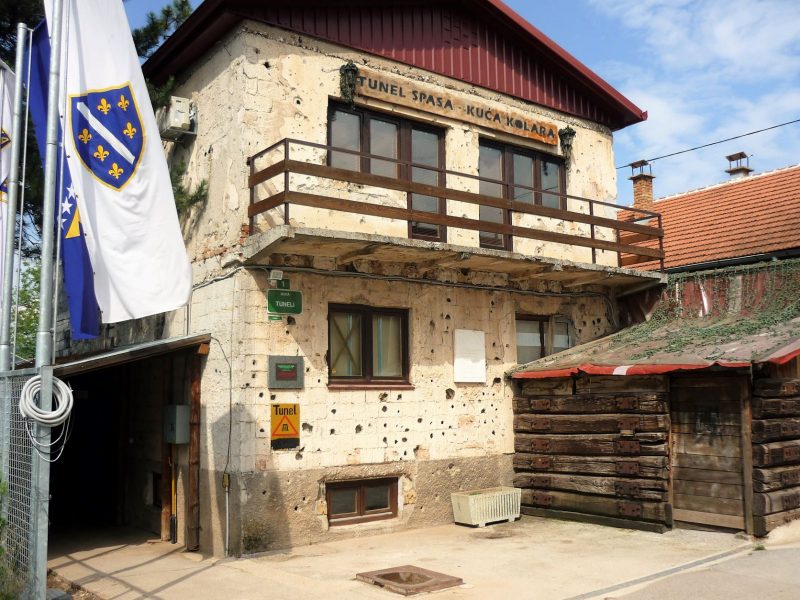Sarajevo Tunnel
Sarajevo Tunnel, sometimes referred to as the Tunel spasa and the Tunnel of Hope, was built between March and June 1993 while Sarajevo was under siege during the Bosnian War. 800 meters of man-made underground tunnel connected the Sarajevo neighborhoods of Dobrinja and Butmir, enabling the entry of food, military supplies, and humanitarian aid as well as the exit of residents. The Sarajevo Tunnel became a crucial method of getting under the international arms embargo and arming the city guard.
The Sarajevo Tunnel measures an average of 1.6 meters in height on the Dobrinja side, 0.8 meters in width on the upper part, and 1 meters in width on the bottom. There are two reasons to go on a tour. Firstly, it's quite a distance from the city, so you'll need a taxi, but the trip takes you there by minibus and also takes you through Sniper Alley, the primary road that the army targeted. Secondly, a knowledgeable local is needed to explain locations with such a complicated past.
The tour featured a small cost and the chance to explore a portion of the tunnel that is open to the public, as well as a detailed explanation of the causes, traits, and effects of the Sarajevo Siege. You were transported to the Tunnel of Hope by minivan. Bajro Kolar, a local who oversees the private museum, is the owner of the residence and the property close to the entrance to the Sarajevo Tunnel. The Tunnel Museum is frequently mentioned as one of Sarajevo's most worthwhile wartime attractions on guided tours of the city.
Location: Tuneli, Sarajevo, Bosnia and Herzegovina
Website: http://tunelspasa.ba/
Tel: 387 33 684-032
Hour: 7:00 AM - 19:00 PM
Google Rating: 4.5/5












